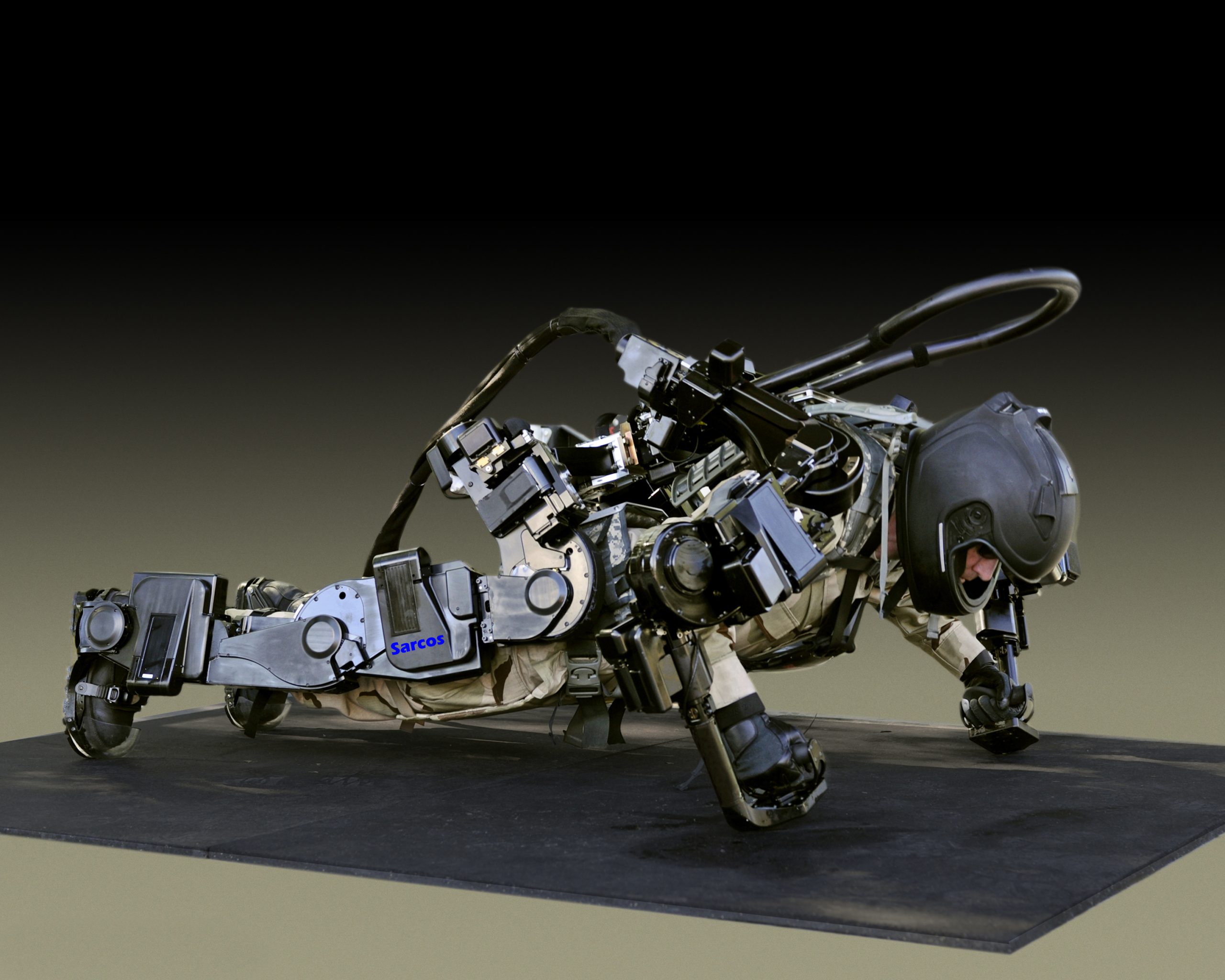
Robotics-as-a-Service to reach $34 billion by 2026
New research suggests ‘Robotics-as-a-Service’ (RaaS), where robotics providers rent or lease their products with solutions to customers as a full service, will be the next stage of market development.
ABI Research estimates that the installed base for RaaS will grow from 4,442 units in 2016 to 1.3 million in 2026. The yearly revenue from RaaS providers is expected to increase from US$217 million in 2016 to nearly US$34 billion in 2026.
“This will make the yearly revenue of RaaS providers (including all payments for services) greater than the shipment revenues for industrial robots, which currently accounts for the lion’s share of the robotics industry in terms of revenue,” explained Rian Whitton, Research Analyst at ABI Research.
The RaaS installed base over 10 years between 2016 and 2026 is characterised by a very large CAGR of 66%. This is particularly prevalent in the markets with the largest RaaS installed base, namely logistics, manufacturing, and hospitality, over the 10-year forecast.
The biggest benefit of RaaS is that end users can now shift their capital expenditure (CAPEX) to an operational expenditure (OPEX), allowing them to deploy solutions without large upfront costs. RaaS providers, in turn, benefit from a steady stream of income.
However, to achieve the aforementioned CAGR, robotics providers must introduce this model and start to educate the market on the benefits of migrating to an OPEX model instead of a CAPEX-driven model.
Companies such as Aethon, Locus Robotics, Savioke, and Sarcos Robotics are offering a RaaS model for their enterprise clients.
This model creates a lower barrier to adoption as well as provides an opportunity for robotics suppliers to establish a long-term service relationship with their end users, with more flexibility, scalability, and upgradability in mind.
Logistics is currently the biggest market, but there are plenty of potentials across various verticals.
“RaaS is the next phase of market development, opening robotics up to new markets. Manufacturing, logistics, and healthcare are not the only markets to benefit from RaaS,” said Whitton.
“Robotics-as-a-service will bring robotics to new sectors that have not previously had significant robotic adoption, such as agriculture, security & surveillance, retail, hospitality, oil & gas, and waste management to name just a few,” he added.
These findings are from ABI Research’s Robotics as a Service report. This report is part of the company’s Robotics, Automation & Intelligent Systems research service, which includes research, data, and Executive Foresights.
